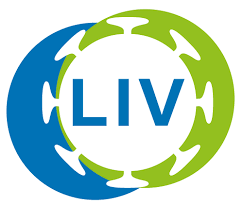P6 – The role of uncanonical ubiquitin-like post-translational modifications in arbovirus infections
Principal Investigator
Dr. rer. nat. Pietro Scaturro
Leibniz Institute of Virology, Hamburg
Systems Arbovirology

Project Summary
Arbovirus infections represent an increasing public health burden, with several members of the Flaviviridae (i.e. Dengue virus or Zika virus), Alphaviridae (i.e. Chikungunya or Sindbis virus) and Bunyaviridae (i.e. LaCrosse virus or Rift Valley Fever virus) families emerging or re-emerging globally. Despite the availability of few vaccines, no antiviral drugs are currently licensed for the treatment of arbovirus infections. A recurring pattern in arboviruses is their profound reliance on perturbation of multiple host cellular machineries, including evasion of host antiviral responses and exploitation of cellular pathways required to establish productive replication and transmission.
This project will a) analyze the proteome, ufmylome and neddylome of virus-infected cells, b) characterize the functional relevance of differentially-modified host and viral proteins in viral replication, c) dissect the molecular and cellular mechanisms underlying these pro-viral functions and d) characterize the antiviral potential and spectrum of activity of new and existing small molecule inhibitors targeting these PTMs. Quantitative differential analysis of cellular and viral interactors of ubiquitin-like modifiers (NEDD8 and UFM1), will be combined with targeted proteomic assays to identify ligands and modified peptides (cellular and viral proteins) in naïve and virus-infected cells. Perturbations screens using functional genomics and small molecule inhibitors, together with reporter-expressing viral genomes, will be used to prioritize candidate targets. Molecular clones of prototypic arbovirus species (ZIKV, JEV, WNV) will be used to characterize ufmylation- or neddylation-null mutants and dissect the replication step(s) affected by these modifications.
